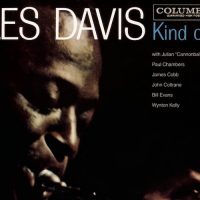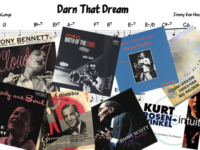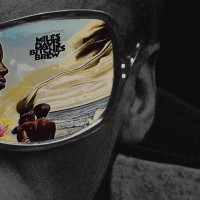Featuring the classic arrangements of seminal Miles Davis mentor Gil Evans, 1993’s Miles and Quincy: Live at Montreux included long-awaited live run throughs of key selections from their collaborations from Birth of the Cool and Miles Ahead to Porgy and Bess and Sketches of Spain. We found a bright, sometimes rip-roaring backing band conducted by Quincy Jones. Included were trumpeters Lew Soloff and Wallace Roney, altoist Kenny Garrett and drummer Grady Tate, among others.
Yet, in particular on the age-old opener “Boplicity,” Miles’ playing was autumnal, at best. (He died just weeks after this performance.) Roney stood in as a younger, if more brittle, second-string backup through most of the recording.
It was welcome, indeed, then when Miles Davis subsequently seemed to meet the excited attention of the crowd. In keeping with Davis’ steadfast eye for forward-thinking innovation, he had rarely, if ever, performed a number these tunes live. The Gershwin tunes finally emerged, however, as down-right randy. Conductor Jones (who had notable turns in the 1960s with Count Basie and Frank Sinatra) displayed an ever-tightening grip on the proceedings.
That said, the star here – even as Quincy Miles and, eventually, Miles Davis lead the charge – was the original arranger, Gil Evans. Was it any surprise that Evans would, in talking about their longtime association, offhandedly reveal that he and Davis incorporated chords from Jimi Hendrix’s “The Wind Cries Mary” into “Mademoiselle Mabry (Miss Mabry)” from 1968’s Filles de Kilimanjaro?
In the end, Miles and Quincy: Live at Montreux celebrated that fertile relationship, working on separate levels as eulogy, primer and swinging good time.
- ‘Together Through Life’ Remains One of Bob Dylan’s Most Low Key, Organic LPs - April 15, 2024
- Why Joe Jackson’s Retro ‘Body and Soul’ Said So Much About His Future - March 14, 2024
- How Rudolph Stole the Show on ‘The Temptations Christmas Card’ - December 25, 2023




